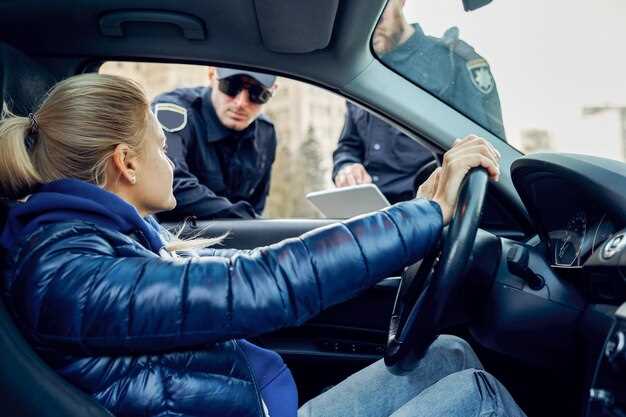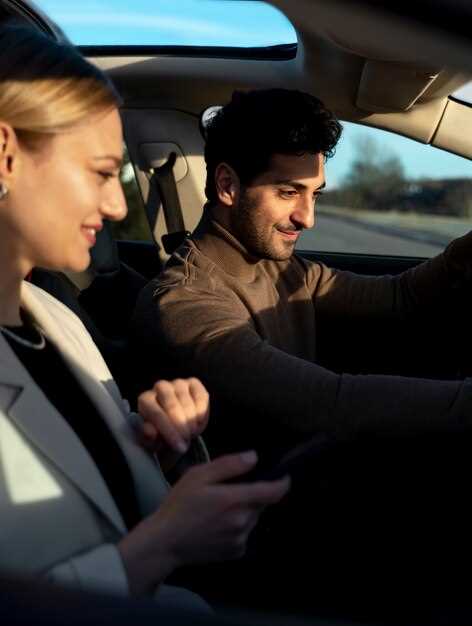
Riding a motorcycle is an exhilarating experience, and having a passenger, or pillion, onboard can add to the enjoyment. However, it also introduces new challenges that require careful attention and preparation. As a rider, ensuring the safety of both yourself and your passenger should be your top priority. With the right tips and practices, you can create a secure and pleasant riding experience for both of you.
Before hitting the road, it’s crucial to establish clear communication with your pillion. This includes discussing proper riding posture, signals for turns and stops, and what to expect during the ride. An informed passenger can make a significant difference in managing balance and stability, allowing you to focus more on the road and less on compensating for sudden shifts in weight.
Additionally, understanding the dynamics of riding with a pillion is key. The added weight can affect braking distance, cornering, and handling, necessitating adjustments in your riding style. By following these essential tips, riders can ensure a safe and enjoyable journey for themselves and their passengers.
Adjusting Motorcycle Dynamics with a Pillion Rider

When riding with a pillion passenger, it’s crucial to adjust your motorcycle dynamics for a safe and enjoyable experience. Understanding how the additional weight affects your bike’s handling is vital.
First, ensure that the pillion is aware of proper riding posture. The passenger should sit comfortably and hold onto the grab rails or the rider’s waist. This stability helps maintain balance, reducing the likelihood of sudden movements that can disrupt handling.
Next, consider the weight distribution on your motorcycle. A pillion rider adds extra weight, shifting the center of gravity. Therefore, it’s important to adapt your riding style. Start by gently accelerating and decelerating to give yourself time to adjust to the altered dynamics.
Incorporate smoother inputs when navigating corners. A pillion alters the bike’s lean angle, so aim for gradual lean while maintaining a safe speed. Providing ample communication with your passenger regarding upcoming turns can prepare them for necessary body movements, enhancing overall stability.
Brake earlier and with increased caution, as the added weight affects stopping distances. Practice smooth and controlled braking to ensure the comfort of both you and your pillion. Additionally, remember that strong winds can affect your motorcycle differently with a passenger onboard; be prepared to adjust your body position accordingly to maintain control.
Finally, frequent practice with a pillion is essential. The more comfortable both the rider and passenger feel with each other, the better your motorcycle dynamics will become. By following these tips, you can enhance safety and ride quality for both you and your pillion passenger.
Communication Strategies for a Smooth Ride
Effective communication between the rider and the passenger is essential for ensuring a safe and enjoyable motorcycle journey. Establishing clear signals and expectations can significantly enhance the riding experience for both the rider and the pillion.
Before setting off, it is vital to discuss the ride’s nature, including the route and any potential hazards. This dialogue helps the passenger understand what to expect and how to react during the ride. It is also important for the rider to emphasize the need for proper body positioning; the passenger should lean with the rider, maintain an upright posture, and stay relaxed to avoid unexpected shifts in weight.
Hand signals can serve as an effective non-verbal communication method. The rider should establish simple gestures to alert the passenger about upcoming turns, stops, or changes in speed. For instance, a gentle squeeze of the seat can indicate a need to prepare for a stop. The passenger should also use visual cues, such as tapping the rider’s shoulder to indicate they are ready for a turn.
Regular verbal check-ins during breaks can reinforce the connection between the rider and the passenger. This practice allows both parties to share their comfort level and address any issues that may arise during the ride. Ensuring that both the rider and the pillion are on the same page will help maintain harmony and boost confidence.
Lastly, establishing an emergency plan is critical. Both the rider and the passenger must understand how to communicate quickly if a situation arises that requires immediate action. This preparation not only fosters a sense of security but also minimizes confusion during tense moments.
Essential Gear for Passenger Safety and Comfort
When riding with a passenger on a motorcycle, ensuring their safety and comfort is crucial. The right gear not only enhances the riding experience but also provides essential protection in case of an accident. Here are some key items every rider should consider for their pillion.
1. Helmet: A high-quality, DOT-approved helmet is the most important piece of gear for any motorcyclist, including passengers. It should fit snugly and be rated for safety. For passengers, a full-face helmet offers the most protection, covering the face and providing additional wind deflection.
2. Jackets: Protective jackets made of durable materials like leather or textile provide essential abrasion resistance. Look for jackets with built-in armor at critical impact points such as shoulders and elbows to further enhance safety. Ensure the jacket fits comfortably over the passenger’s clothing.
3. Gloves: Gloves designed for motorcycle riding are essential for both riders and passengers. They provide grip, dexterity, and protection for hands in case of a fall. Choose gloves made from tough materials that also offer padding for added comfort.
4. Pants: Specialized riding pants with reinforced areas and padding are recommended for passengers. These can be made from leather or armored textiles, ensuring that the lower body is protected during a ride. Avoid casual clothing like jeans, which may not offer enough protection in case of an incident.
5. Boots: Sturdy, high-quality motorcycle boots are important to protect the feet and ankles of passengers. Opt for boots that cover the ankles and have non-slip soles for better grip on the foot pegs. Waterproof options are also beneficial for various weather conditions.
6. Backrest or Pillion Seat: To enhance comfort during longer rides, consider installing a backrest for the passenger. A well-padded pillion seat can make a significant difference, offering back support and reducing fatigue during extended journeys.
7. Communication System: A motorcycle communication system allows riders and passengers to stay in touch while on the road. Clear communication enhances safety, especially during maneuvers or when navigating tricky routes.
By equipping your passenger with the appropriate gear, you significantly enhance their safety and comfort. Ensuring they understand how to properly adjust and utilize this gear is essential for a safe riding experience.
